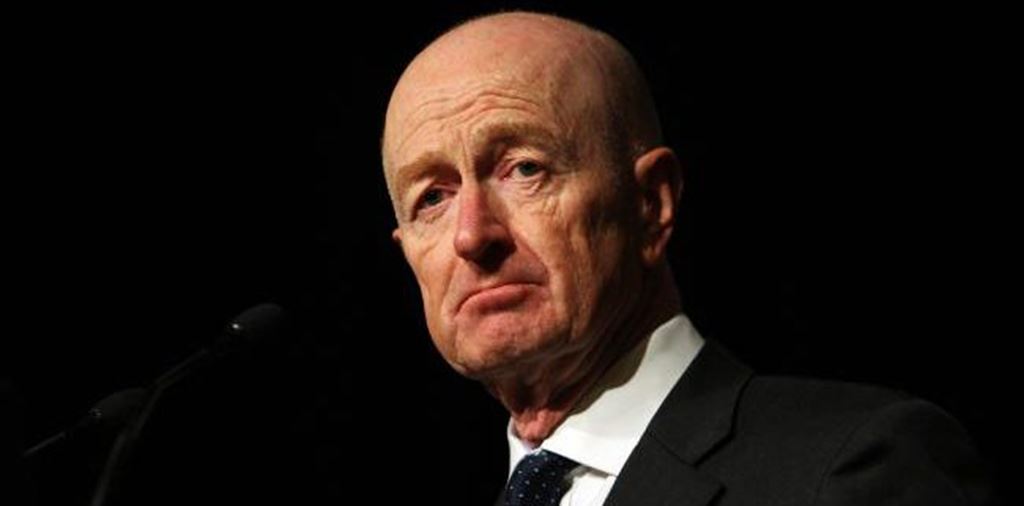“Should First Home Buyers have access to superannuation for a home deposit?”
Source: Digital Finance Analytics 30/09/2015
DFA recently published 5 reasons why first home buyers should not be able to use superannuation towards a house purchase, summarised as follows:
First, measures to boost demand for housing, without addressing the well-documented restrictions on supply, do not make housing more affordable. Giving prospective first homebuyers access to their superannuation will help them build a house deposit, but it would worsen affordability for buyers overall. Unless supply increases, more people with deposits would simply bid up the price of existing homes, and the biggest winners would be the people who own them already.
Second, the proposal fails the test of superannuation being used solely to fund an adequate living standard in retirement. The government puts tax concessions on super to help workers provide their own retirement incomes. In return, workers can’t access their superannuation until they reach a certain age without incurring tax penalties.
While paying down a home is an investment, owner-occupiers also benefit from having somewhere to live without paying rent. These benefits that a house provides to the owner-occupier – which economists call housing services – are big, accounting for a sixth of total household consumption in Australia. Using super to buy a home they live in would allow people to consume a significant portion of the value of their superannuation savings as housing services well before they reach retirement.
Third, most first homebuyers who cash out their super would end up with lower overall retirement savings, even after accounting for any extra housing assets. Owner-occupiers give up the rent on their investment. With average gross rental yields sitting between 3% and 5% across major Australian cities, the impact on end retirement savings can be very large. Consequently, owner-occupiers will tend to have lower overall lifetime retirement savings than if the funds were left to compound in a superannuation fund
Frugal homebuyers might maintain the value of their retirement savings if they save all the income they no longer have to pay as rent. In reality, few will have such self-discipline. Compulsory savings through superannuation have led many people to save more than they would otherwise. A recent Reserve Bank study found that each dollar of compulsory super savings added between 70 and 90 cents to total household wealth. If first homebuyers can cash out their super savings early to buy a home that they would have saved for anyway, then many will save less overall.
Fourth, the proposal would hurt government budgets in the long run. Superannuation fund balances are included in the Age Pension assets test. The family home is not. If people funnel some of their super savings into the family home, gaining more home equity but reducing their super fund balance, the government will pay more in pensions in the long-term.
Government would be spared this cost if any home purchased using super were included in the Age Pension assets test, but that would be very hard to implement. For example, do you only include the proportion of the home financed by superannuation? Or would the whole home, including principal repayments made from post-tax income, be included in the assets test? The problems go away if all housing were included in the pension assets test, but this would be a very difficult political reform.
Fifth, early access to super for first homebuyers could make the superannuation system even more unequal than it is today. Many first homebuyers are high-income earners. Allowing them to fund home purchases from concessionally-taxed super would simply add to the many tax mitigation strategies that already abound.
Consider the case of a prospective homebuyer earning A$200,000. Their concessional super contributions are taxed at 15%, rather than at their marginal tax rate of 47%. Once they buy a home, any capital gains that accrue as it appreciates are tax-free, as are the stream of housing services that it provides. Such attractive tax treatment of an investment – more generous than the already highly concessional tax treatment of either superannuation or owner occupied housing – would be prone to massive rorting by high-income earners keen to lower their income tax bills.
What, then, should the federal government do to make housing more affordable?
Prime Minister Malcolm Turnbull has tasked Jamie Briggs with rethinking policy for Australia’s cities.
Above all, new federal Minister for Cities Jamie Briggs should support policies to boost housing supply, especially in the inner and middle ring suburbs of major cities where most people want to live, and which have much better access to the centre of cities where most of the new jobs are being created. The federal government has little control over planning rules, which are administered by state and local governments. But it can use transparent performance reporting, rewards and incentives to stimulate state government action, using the same model as the National Competition Policy reforms of the 1990s.
Other reforms, such as reducing the 50% discount on capital gains tax and tightening negative gearing, would also reduce pressure on house prices and could be implemented straight away. Such favourable tax treatment drives up house prices because it increases the after-tax returns to housing investors. The number of negatively geared individuals doubled in the 10 years after the capital gains tax discount was introduced in 1999. More than 1.2 million Australian taxpayers own a negatively geared property, and they claimed A$14 billion in net rental losses in 2011-12.
There are no quick fixes to housing affordability in Australia. Yet any government that can solve the problem by boosting housing supply in inner and middle suburbs, while refraining from further measures to boost demand, will almost certainly find itself rewarded, by voters and by history.



